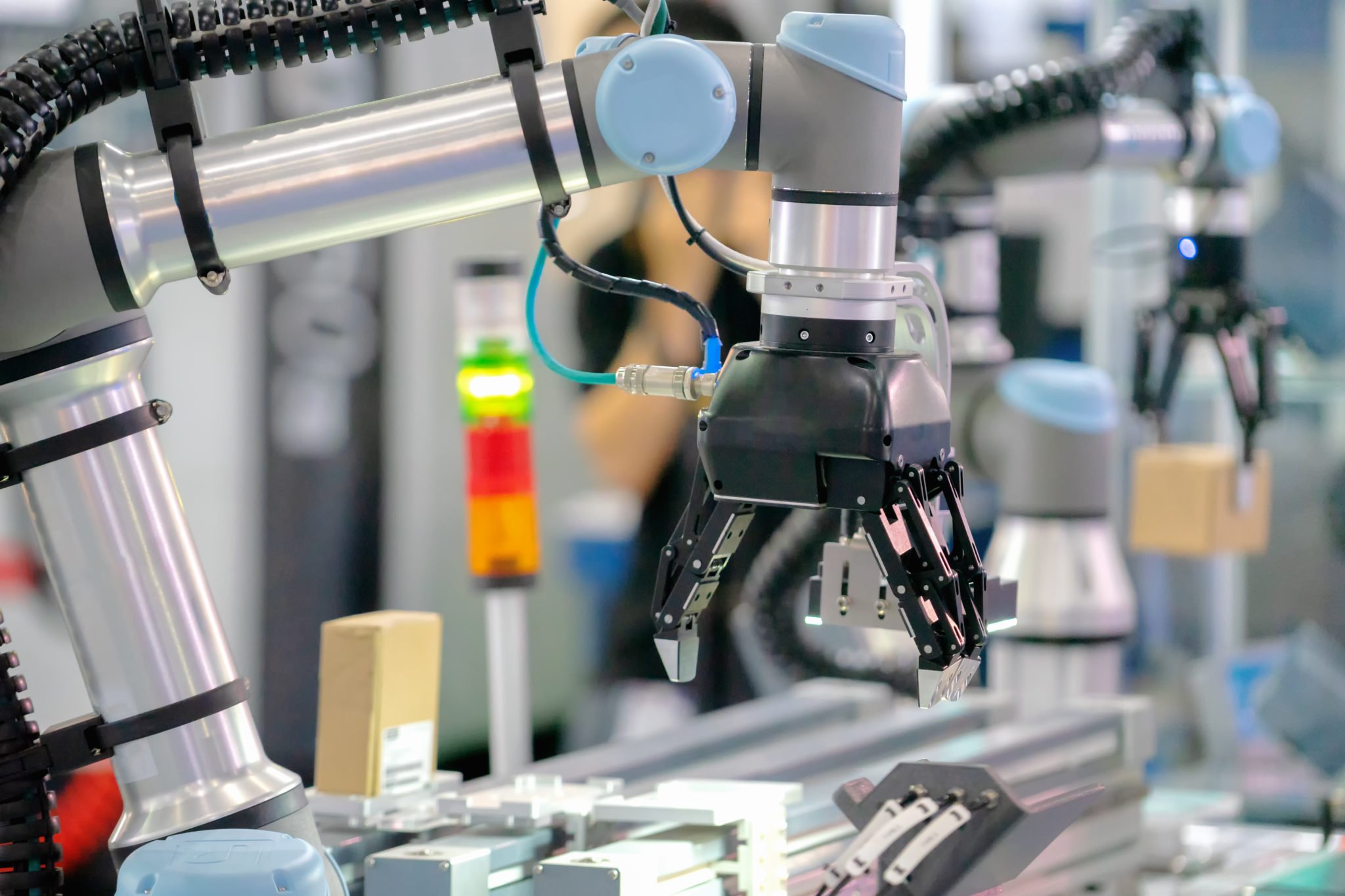What to Consider in a Warehouse Automation Selection

This article is a republished blog post by guest author, Han-Li Tremblay, associate lead practice at Avalon CSC.
A few years ago, people in the industry who were automation reluctant would have said that it will steal jobs and will make unemployment rates increase. However, today we are facing labor shortages, which is one of the most common challenges in distribution and manufacturing industries. Automated services such as traveling, picking and replenishment became a necessity to survive in a world where customers are expecting to have their order delivered in less than 24 hours.
The question to be answered is not if having an automated system is a need, but rather which one will fit my operations best. Between autonomous mobile robots (AMRs), automated guided vehicles (AGVs), automated storage and retrieval systems (ASRS) and others, how can I be sure to have the right system that is not excessive, but flexible enough to sustain my 10-year projection growth?
The first question to answer is: What are my goals and objectives in automation selection? Is it to get a two-year ROI, to triple my productivity, to acquire a new business and keep the same level of service, to gain space in my warehouse or all the above?
Space Optimization
Every automation will help you save square footage by the simple fact of reducing aisle width. However, the height of the building and capacity of the automation to use cubic space instead of square space will make a considerable difference. The choice of automation if you have a structural mezzanine or an 18 clear-foot ceiling, will not be the same as if you have a 40-foot building. AMRs or horizontal carousels might be good options versus an ASRS or vertical lift module could be.
Productivity
Automation picking productivity is highly flexible from a system that can pick 500 lines per hour versus a system that allows you to pick 100 to 150 lines per hour. Higher productivity comes usually with higher cost, but highest productivity is not always best. A warehouse must find the right balance between the productivity needed and the expectation from the system. Even if a system can generate 500 presentations an hour, if you do not have the equipment, the staff or even the orders available, it causes productivity loss.
Return on Investment
The importance of ROI is not only to consider the cost of the machine itself, but the whole project including the maintenance fees, the recurring cost for the software licenses, the warranty, installation, etc. Also make sure to consider ROI based on your current throughput — how far are you from automation, if you are running highly manual and paper-based picking operations, etc. In these instances, the ROI might be easier to get faster.
Flexibility
Who does not want to be flexible and allow the system to scale depending on their operations? What needs to be analyzed is how flexible it needs to be. Flexibility can be gained by adding or removing a couple of totes, robots, an additional picking port or it can be by doubling or tripling the automation size.
Final Thoughts
In conclusion, there is no one-size-fits-all automation system. The offers on the market are large and selecting the right solution and distributor can be tricky. If you do not have the knowledge and the expertise internally, surround yourself with the people who have it and the cost will pay for itself.




